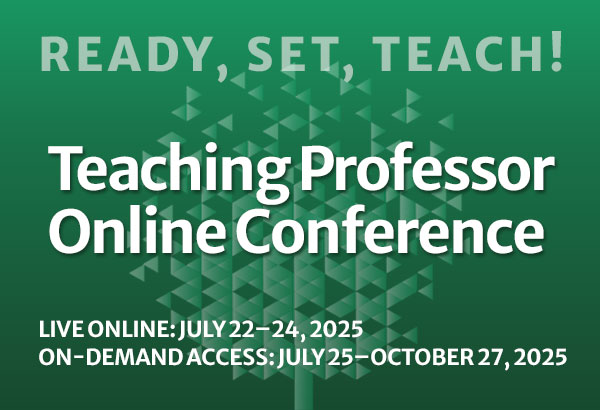Humor, whether in the form of jokes, riddles, puns, funny stories, humorous comments or other humorous items, builds a bond between the instructor and students; bridging the student-teacher gap by allowing students to view the instructor as more approachable. A number of researchers have found that humor is instrumental in creating an inviting classroom environment, reducing stress, improving attention, enhancing learning, creating a positive emotional and social environment, reducing anxiety, enhancing self-esteem, and increasing self-motivation.



